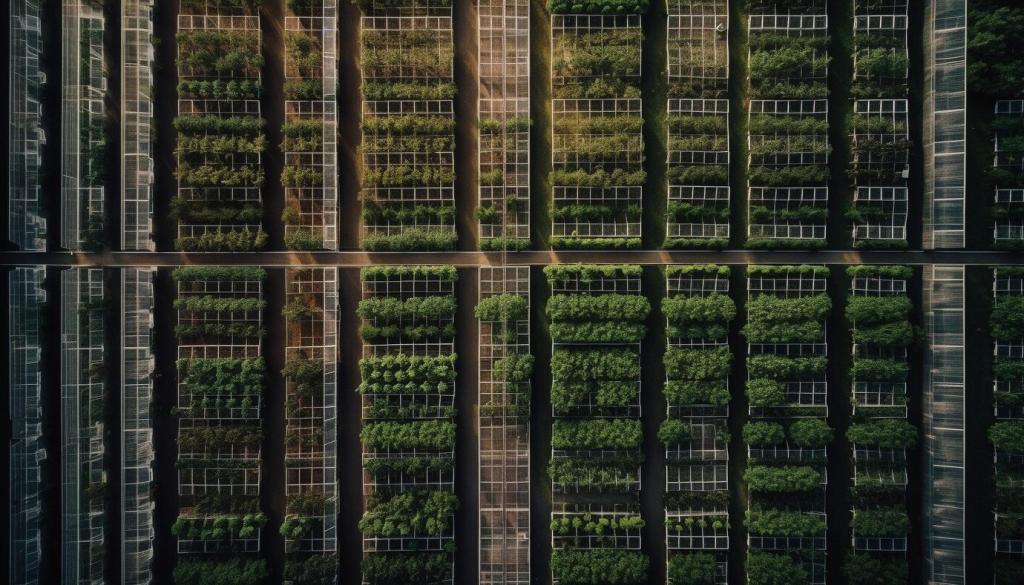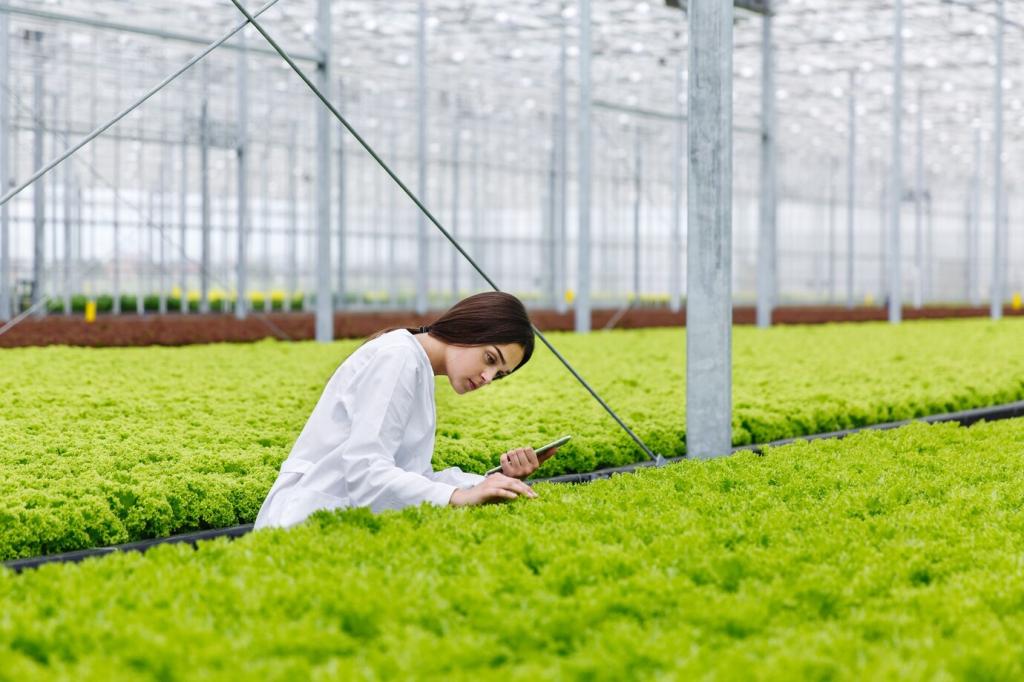
Technology Advancements in Vertical Urban Agriculture
Vertical urban agriculture is reshaping how cities approach food production by integrating innovative technologies within metropolitan landscapes. Once considered a mere concept, vertical farming has become an essential component of the movement toward sustainable urban living, providing efficient ways to grow fresh produce closer to where people live. This dynamic field harnesses cutting-edge tools and systems to maximize output, minimize resource usage, and reduce environmental impact, redefining the future of agriculture in the heart of urban environments.
Previous
Next
Layered Crop Stacking for Space Optimization
Vertical farms harness the power of crop stacking, where multiple tiers of plants are cultivated within the same footprint. This technique drastically increases productivity per square meter, a vital consideration in dense urban areas. Specialized racks with built-in irrigation and lighting create self-contained ecosystems for each layer. Careful design ensures uniform light distribution and airflow, preventing disease and promoting healthy crop development. The approach is transforming rooftops and empty warehouses into high-yield urban gardens.
Photonic Innovations and Tailored Lighting
Breakthroughs in LED technology have propelled urban vertical agriculture forward, allowing growers to fine-tune light spectra to suit specific crop needs. These photonic innovations provide energy-efficient solutions that simulate optimal sunlight conditions, thereby enhancing growth rates and nutritional content. Adjustable lighting systems enable the cultivation of crops typically unsuited to dense city environments. The precise control of light exposure lets farms produce consistent, high-quality harvests year-round.
Soilless Cultivation Approaches
Soilless systems such as hydroponics, aeroponics, and aquaponics have replaced traditional soil-based agriculture in vertical urban settings. These approaches reduce the risk of soil-borne pests and diseases while offering faster growth cycles and greater resource efficiency. Advanced media, such as rock wool or coconut coir, give roots the necessary support while automated nutrient delivery ensures optimal feeding. Soilless farming not only conserves valuable urban space but also leads to cleaner, more controlled harvests.
A major advancement in urban vertical agriculture is the integration of closed-loop water systems that capture, filter, and reuse water throughout the farm. Such systems drastically reduce the water footprint compared to traditional field agriculture, using up to 95% less water to produce similar yields. Water runoff from plant trays is collected, sterilized, and returned to the system, often enriched with necessary nutrients. This level of efficiency is critical in cities where water scarcity or expense is a concern.

